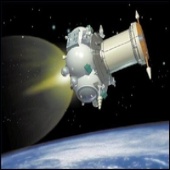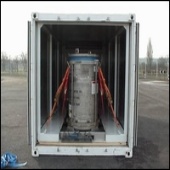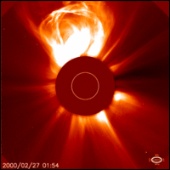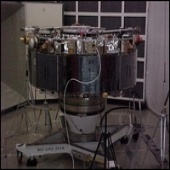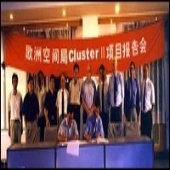ESA Science & Technology - News Archive
News archive
News archive
Published: 21 March 2000
Published: 20 March 2000
Published: 17 March 2000
Published: 12 March 2000
Published: 5 March 2000
Published: 22 February 2000
Published: 8 February 2000
Published: 3 January 2000
Published: 23 November 1999
Published: 14 November 1999
Published: 9 November 1999
Published: 8 November 1999
Published: 27 October 1999
Published: 7 October 1999
Published: 24 September 1999
Published: 6 August 1999
Published: 2 August 1999
Published: 29 June 1999
Published: 14 June 1999
Published: 28 May 1999
—
20 Items per Page

